O Canada Blogathon: Atlantic City
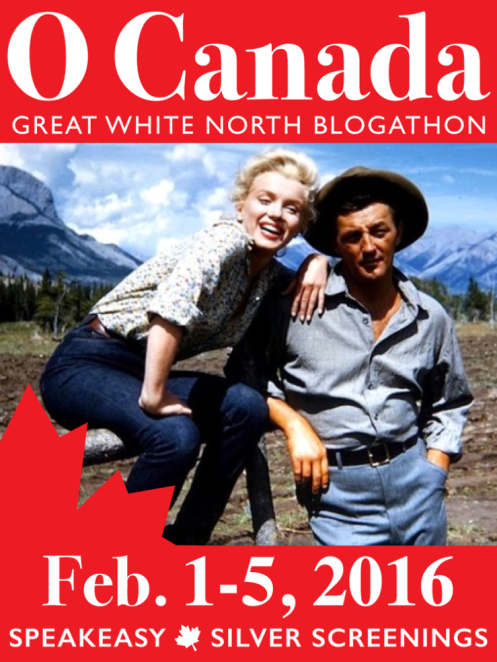
This is my entry in the “O Canada” Blogathon, hosted by Kristina (Speakeasy) and Ruth (Silver Screenings).. Enjoy!
In 1974, in an effort to provide financial incentives for filmmakers to work in Canada, the Canadian federal government created a tax shelter by increasing what was known as the Capital Cost Allowance to 100 percent (from 60 percent). This allowed film investors to write off the costs of films at 100 percent, provided the films were considered Canadian (that is, were over 75 minutes long, had at least one producer and three-quarters of the above-the-line talent from Canada, and have at least three-quarters of the production and post-production done in Canada as well. The resulting films, generally known as the “tax shelter era films”, are not known as a bright spot in Canadian film history (except for fans of exploitation films), as most of the films made under this system paid little attention to quality (more to the point, most of them were also box office failures). Still, there were a few sprigs of wheat amid the chaff when it comes to Canadian films of this area. One of those was Louis Malle’s film Atlantic City, which came out in 1981, and is, to date, still the only Canadian film ever to be nominated for Best Picture at the Oscars.

Burt Lancaster as Lou.
The film came about when Malle was approached by some Canadian producers, including Denis Heroux (who had produced one of the better tax-shelter films, The Little Girl who Lives Down the Lane, starring Jodie Foster and Martin Sheen), after Malle had recently finished the Minnesota-set documentary God’s Country. They needed to make another film before the end of the decade in order to qualify for the shelter, and they offered Malle a novel to adapt. Malle didn’t like the novel, but he was interested in making another film, and through his then-girlfriend Susan Sarandon (who had recently worked with him on Pretty Baby), Malle met with playwright John Guare (best known at the time for plays such as The House of the Blue Leaves, though he had also co-written the screenplay for Milos Forman’s English-language debut film Taking Off). At the time, gambling had recently been legalized in Atlantic City, and the city was already demonstrating a significant gap between the haves (emphasized by the glamour of the Miss America contest, set there) and the have-nots, so Guare and Malle immediately saw the dramatic possibilities of setting a story there.
The story Guare came up involved Lou (Burt Lancaster), a two-bit gangster who claims to have rubbed shoulders with big names like Nucky Thompson and Al Capone when he was younger, but who is now an errand boy for Grace (Kate Reid), an invalid whose husband Lou used to work for, and whom Lou sometimes sleeps with. One of the few joys Lou has in his life is watching Sally (Susan Sarandon), a food server who’s studying to be a croupier, soaking her naked body every night by the kitchen window (she works at an oyster bar, and the lemon juice washes away the odor from the oysters). The two of them are thrown together when Sally’s estranged husband Dave (Robert Joy) shows up, along with Sally’s new-age sister Chrissy (Hollis McClaren), who’s pregnant by Dave. Dave, unbeknownst to Sally, has taken a package of cocaine meant for someone else from a phone booth, and he’s in town to sell it. While Dave is trying unsuccessfully to sell it in a bar to Fred (John McCurry), a more powerful gangster, Lou, who’s at the bar (taking bets for Fred), sees Dave, and recognizing him from when he came into the building, reaches out to him. Dave ignores him at first, but then flatters Lou by telling him he heard all the way in Vegas how Lou was a man to get things done, and convinces Lou to let him borrow his apartment to prepare the cocaine. Dave lines up a sale with Alfie (Al Waxman), a gambler, but convinces Lou to make the sale since he’s better dressed for the part. However, while Lou is doing this, Dave gets murdered by drug dealers looking for the cocaine he stole. Lou ends up helping Sally, and she’s grateful for it (she even sleeps with him), until they get attacked by the same drug dealers, and she learns what Dave and Lou have been up to.
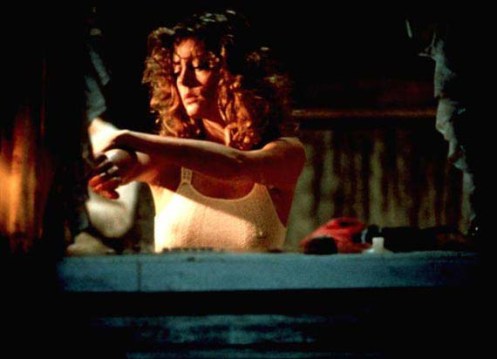
Susan Sarandon as Sally.
Malle was able to make the movie the way he wanted to make it as long as he followed the rules of Canadian tax shelter films. The main crew was made up mostly of Canadians, with the exception of Suzanne Baron, the editor, who was French and had edited several of Malle’s previous films (though she went on to edit only two more, My Dinner with Andre and Crackers), and Michel Legrand, also French, who wrote the score (though Malle ended up using almost all diagetic music and just a fraction of the score). Richard Ciupka, the cinematographer, had been born in Belgium, but had lived in and worked in Canada the previous decade (his only film of note to that point had been a made-for-TV version of A Christmas Carol, set in America – though shot in Montreal – and starring Henry Winkler). Anne Pritchard, the production designer, was born in Ontario, and had served as production designer on such films as The Apprenticeship of Duddy Kravitz (from the novel by Mordecai Richler, rightly considered one of the best Canadian films ever made) and Blood Relatives (one of Claude Chabrol’s lesser-known efforts, shot in Montreal and based on an Ed McBain novel). Finally, Francoise Barbeau, the costume designer, would later receive the Order of Canada, and had worked on an adaptation of Richler’s classic children’s book Jacob Two-Two Meets the Hooded Fang. As far as the cast goes, except for Lancaster, Sarandon, the great French actor Michel Piccoli (who plays the man teaching Sally to be a croupier), and Wallace Shawn (who had a bit part as a waiter who serves Lancaster and Sarandon), most of the cast was Canadian as well.

Kate Reid as Grace.
Though Reid was born in London, England, her parents were Canadian, and they moved to Ontario when Reid was less than a year old. She was mostly known for her work on stage (she appeared in such plays as The Rainmaker, Three Sisters, and various Shakespeare works), though she had appeared in such films as Sydney Pollack’s This Property is Condemned (as Natalie Wood’s mother; adapted from a play by Tennessee Williams), Robert Wise’s The Andromeda Strain (as one of the team of scientists trying to stop an alien virus; based on the novel by Michael Crichton), and Sidney Lumet’s Equus (as the wife of the psychiatrist played by Richard Burton; based on the play by Peter Shaffer). After Atlantic City (for which she won a Genie, the Canadian equivalent of the Oscars), she went on to have a recurring role on the original incarnation of the prime time TV soap opera Dallas, and as Dustin Hoffman’s wife in a made-for-TV version of Arthur Miller’s Death of a Salesman, among other roles, before finally succumbing to brain cancer in 1993, at the age of 62.
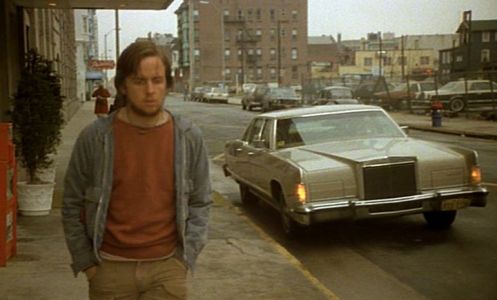
Robert Joy as Dave.
Joy, born in Montreal, was the son of a Newfoundland politician, and started out in a theater troupe there. To American audiences, he’s probably best known today as Dr. Sid Hammerback, the “quirky” medical examiner on CSI: NY. Prior to Atlantic City, he hadn’t done much, but after the movie, he enjoyed a prolific career as a character actor in both movies (in such movies as Desperately Seeking Susan, Radio Days, and Longtime Companion) and TV shows (playing a recurring role on The Equalizer).
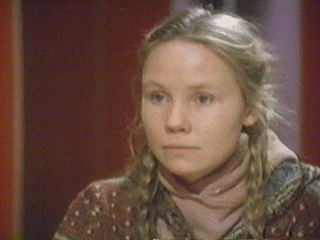
Hollis McClaren as Chrissy.
Prior to Atlantic City, McClaren, born in Toronto, was best known for the comedy Outrageous!, where she played a pregnant woman with schizophrenia rooming with a gay hairdresser/female impersonator (Craig Russell). She and Russell appeared in the sequel 10 years later, but her career has been sporadic, most notably the drama Marion Bridge (with Molly Parker and Ellen Page), and made-for-TV movies about Martha Stewart and Elizabeth Smart.
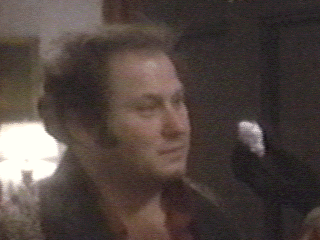
Al Waxman as Alfie.
Waxman was mostly known in Canada at the time for being the star of the sitcom King of Kensington, which was the only successful Canadian sitcom to ever air (it ran for five seasons). After Atlantic City, he got some jobs in American movies (Class of 1984, Switching Channels), but his most memorable appearance in America came on television, where he played police lieutenant Bert Samuels on Cagney & Lacey. He died in 2001.
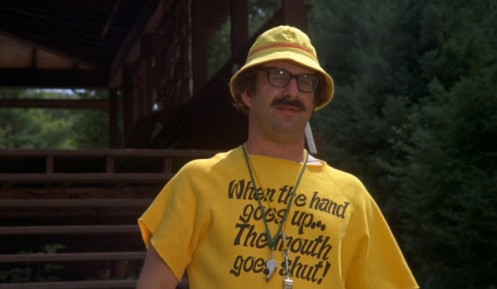
Harvey Atkin as he appeared in Meatballs (1978) two years earlier.
Another actor from the movie who later showed up on Cagney & Lacey (as desk sergeant Ronald Coleman) was Harvey Atkin, who plays a bus driver. Atkin had previously appeared as the somewhat hapless camp director Morty (“Hi, Mickey!”) in Meatballs (another Canadian tax shelter production), opposite Bill Murray. Though he’s appeared in movies (two Mordecai Richler adaptations; Joshua Then and Now and Barney’s Version) and on other shows besides Cagney & Lacey (a recurring role as a judge on Law & Order: Special Victims Unit), Atkin is probably best known for his voice work, particular as the voice of King Koopa on The Super Mario Brothers Super Show.
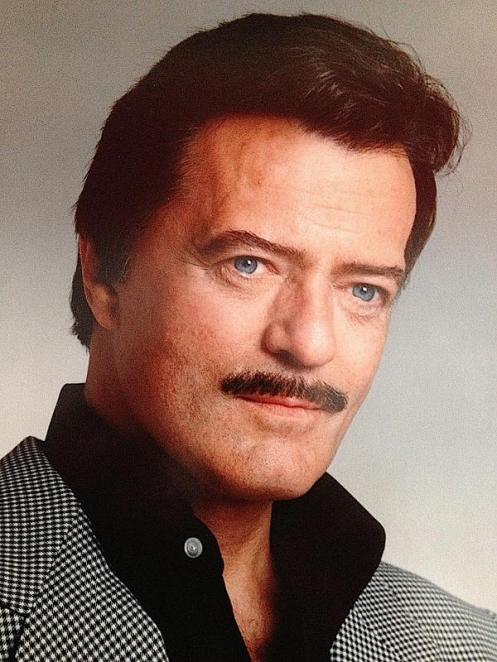
Robert Goulet.
Robert Goulet made a cameo appearance as a singer, more or less based on himself, doing a dedication at a hospital wing where Sally goes to identify Dave’s body. Goulet started out on stage, as Lancelot in Camelot, opposite Richard Burton and Julie Andrews, when it was on Broadway. Though he appeared in other plays (Man of La Mancha), as well as in movies (Beetlejuice), he was mostly known for his career as a singer, and his appearances in Atlantic City and Las Vegas. He died in 2007.

Moses Znaimer as a drug dealer.
Arguably, the one who became the biggest name afterwards wasn’t really much of an actor, but made his mark elsewhere in the media landscape; Moses Znaimer, who plays one of the drug dealers pursuing Sally and Lou. Znaimer started out working for the Canadian Broadcast Corporation (the CBC, similar to the BBC), and produced, directing, and hosted several shows for them starting in 1965. In 1969, Znaimer quit the CBC, and three years later, founded Canada’s first UHF channel, City TV (“This is City TV, everywhere!”). When that channel became a success, and was purchased by Canadian media conglomerate CHUM in 1981, Znaimer went on to launch several other TV stations, including Much Music (the Canadian equivalent of MTV), Cable Pulse 24, Space, Book Television, and the Law and Order Channel. Though he stepped down from the executive posts he had at CHUM in 2003, he still maintains close ties with it, and has also launched his own media company with Zoomer Media.
As for the film itself, of the handful of films Malle made in America (the others were My Dinner with Andre, Crackers, Alamo Bay, Vanya on 42nd Street, and the documentaries And the Pursuit of Happiness and God’s Country), this one is my favorite, even though it may take a couple of viewings to fully sink in (as it did for me). Malle and Guare show a collision of the old and the new without getting heavy-handed about it. That dedication scene is a good example; Malle and Guare don’t skimp on the conflicted feelings Sally has, and they don’t linger too long on Goulet, making the joke (as well as the hilariously awful song he sings) all the funnier. As for the performances, Lancaster looks more relaxed here than at any other time in his career, and when he finally becomes the big shot he’d always bragged about being, he brings a palpable joy to it, yet also lets you see how unnerving it can be. Sarandon had been acting in movies for a decade prior to this movie (beginning with Joe in 1970), this was the first role she had gotten that was worthy of her talents (she was good in Pretty Baby, but it was a secondary role). There’s no playing to the audience during the scenes when she’s washing herself off, and the scene where she finally registers what she’s gotten herself into if she stays with Lou is also a great moment of quiet acting. Piccoli’s accent is a little thick at times, but he’s very good otherwise as the charming if repellent mentor. Reid is perfect as a woman who hasn’t entirely grown up. And Waxman shows some nice comic timing when he first sees Lou and makes a crack about Medicare. Malle and Guare were never to work again (they had planned on making a movie about Abscam with Dan Aykroyd and John Belushi, but that fell through after Belushi died), but Atlantic City stands out as a great collaboration, as well as one of the better films from the Canadian tax shelter period.
Incredible review! Thanks for sharing all this info about Canadian Tax Shelter movies, and for detailing all the Canadian connections to this film. I wasn’t aware of all the specific requirements of the tax shelter deal, but I know a lot of awful movies were made during that period.
I’ve not seen this film, but have read a lot of good reviews about the acting. This would be a good film to see a young Susan Sarandon and an aging Burt Lancaster. I’d totally forgotten about this film until I read your review.
Thanks for joining the #OCanada party, and for bringing Atlantic City with you!
Thanks, Ruth! There were a lot of awful movies made during that period, it’s true, but there were a few good ones as well, and this is one of them. And it’s definitely worth checking out.
I’m so glad this movie was covered for the blogathon, an important and good one, and I love that you talked about all those familiar faces in the cast. Thanks for joining in!
Thanks, Kristina!